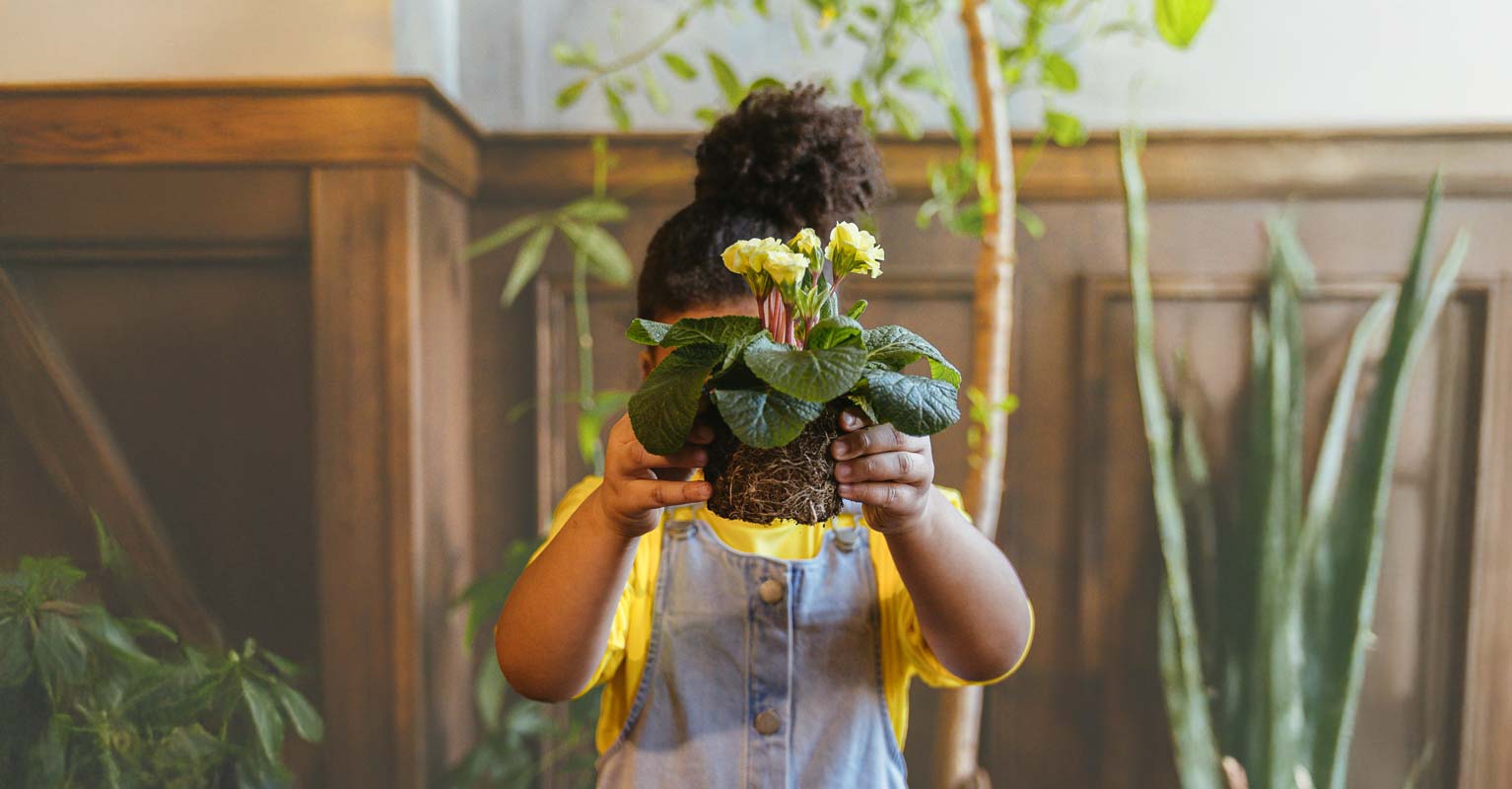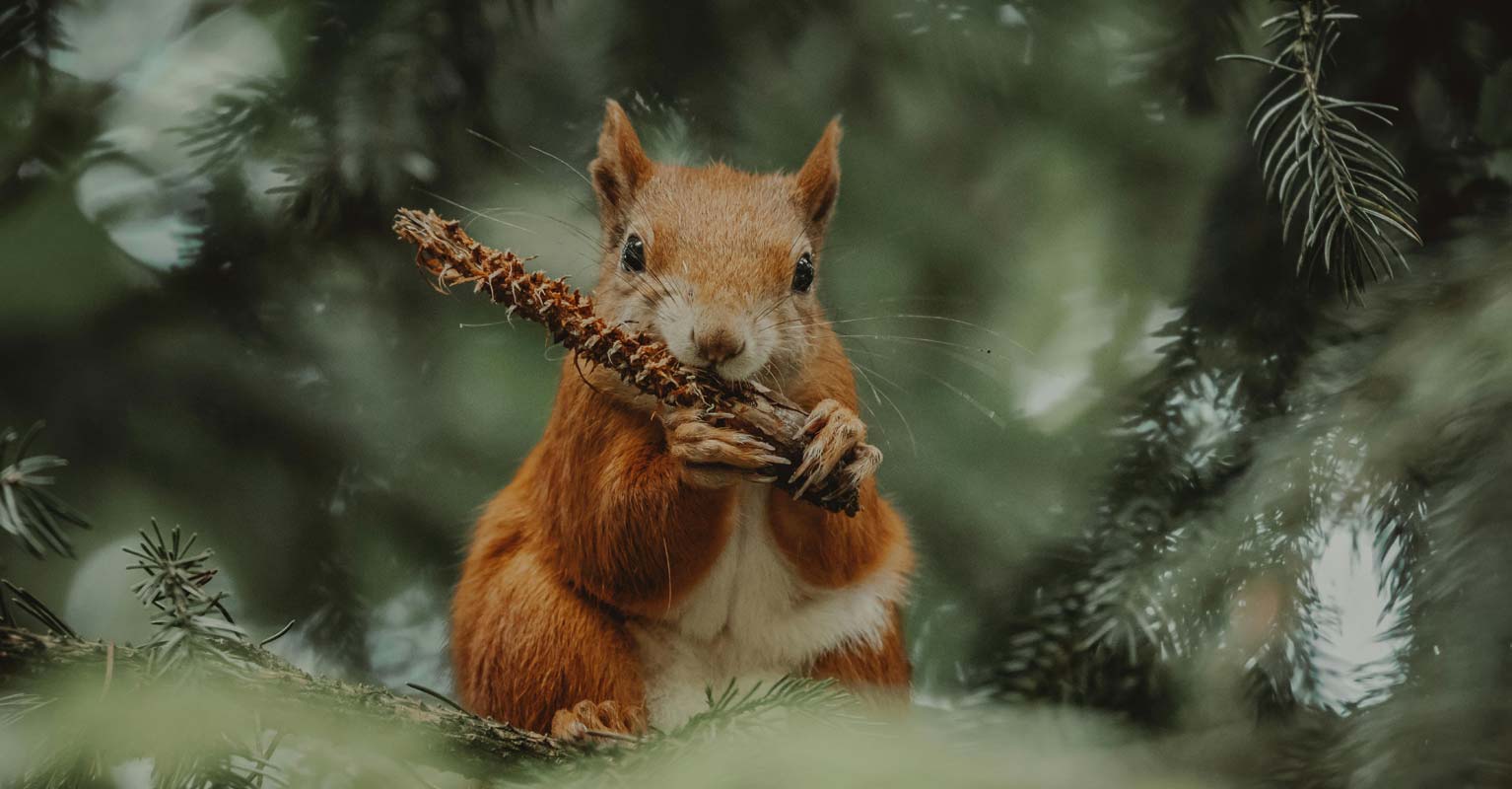The barista was cool in the way all cool baristas are cool— that is, somewhere between extremely and exhaustingly so: tattoos, piercings, prestigious and prodigious disaffection, artisanal blood pumping lackadaisically through his body.
And there I was: second in line, profoundly uncool, and suddenly very self-conscious. My tattoo-free arms; my clean-shaven face; my T-shirt, which wasn’t vintage, just old and ratty, a freebie from a 5K run in two-thousand-like-three. Worst of all, I was wearing those dorky rubber clogs that no self-respecting adult not working in a kitchen has any business wearing in public. Maybe he won’t notice them, I hoped, pathetically.
Clearly, I belonged at Starbucks.
The girl ahead of me in line was all teenage pep and, I would soon learn, familial good will. She fit the scene about as well as I did.
“Hi! I’ll have a sixteen-ounce cappuccino to go, please!”
Just so you know what kind of narrator you’re dealing with here: I, too, probably cringed at the order.
“I make cappuccinos in the traditional six-ounce size”— the pause here so long I thought maybe he’d fallen asleep from boredom—“or, if you insist, I’ll make it eight ounces.”
She seemed surprised but undaunted.
“It’s for my mom,” she apologized. “I don’t know. I think that’s what she said.”
“Then you’ll have to tell her I don’t make cappuccinos to go.” Having recently been served a cappuccino in a paper cup across town, part of me was relieved at this declaration, even as another part of me felt bad for the girl. She was just trying to help her mom get some morning coffee. Is it really that demeaning to—
Before I could fully consider how easy it would be to make the drink, I heard the girl acquiescing to the barista’s suggestion of a sixteen-ounce latte.
“And you probably want vanilla in there,” he added.
I half-expected him to say he accepted only Yemeni and Ethiopian currencies, but he said nothing. And she, reticent now herself, put her card, dutifully, into the chip reader.
Approximately half an hour later, when the barista was finished pulling the shots and steaming the milk and scraping the vanilla seeds from their pods, he put the paper cup on the counter without a word and meandered over to the register.
The girl’s mother had joined her by then.
“I got you something different,” the girl said, handing her mother the cup.
I felt some relief at the girl’s resilience. She wouldn’t be shamed by her encounter. No, she was strong enough to withstand this cultural initiation. She would go forth and one day not too far off discover for herself the pleasure of a good cappuccino served in a porcelain cup. She would live a wonderful life.
Did she smile at the barista as she left? She might have. It was my turn to order. I stepped up to the counter, trying to summon confidence in my moderate knowledge of coffee, trying to convince myself I was equal to the moment.
The barista raised his eyebrows by way of taking my order. And with that gesture all my uncool came flaring up. Suddenly I was all rubber clogs and cargo shorts.
The eyebrows, still aloft, had transitioned from the neutral “What can I get you?” to the put-upon “Who are these people?”
Eventually gathering myself (relatively speaking), I nodded toward the door the girl had just passed through and said, “I’ll have what she’s having.”
*Story may be distorted (exaggerated) by author’s completely understandable tendency to dramatize.




